In the United States, industries such as construction, logistics, mining, and manufacturing depend heavily on equipment that can withstand demanding work environments. At the core of that performance are industrial tires—designed to carry heavy loads, resist harsh conditions, and provide stability on varied terrains.
However, even the toughest industrial tires have a finite lifespan. Knowing exactly when to replace them can make the difference between smooth operations and costly downtime. In this guide, we’ll cover the key signs it’s time to replace your industrial tires and why timely action matters for U.S. businesses.
1. Tread Wear Beyond Safe Limits
Tread depth directly affects your equipment’s traction and stability. For industrial machinery like forklifts, loaders, and cranes operating on U.S. job sites, losing tread means losing grip—especially on wet, oily, or uneven surfaces.
- Pneumatic Tires: If tread depth is below the manufacturer’s recommended level, it’s time for a replacement.
- Solid Tires: Watch for smooth patches that reduce traction and handling efficiency.
Why it matters: Worn tread increases braking distance, reduces load stability, and heightens the risk of workplace accidents.
2. Visible Cracks, Cuts, or Splits
American industrial environments often involve exposure to sharp debris, extreme temperatures, and chemicals. Cracks or cuts on your industrial tires weaken the structure, making them prone to failure. Even small surface cracks can expand under heavy loads, leading to sudden blowouts.
Pro tip: Inspect tires regularly and replace them if cracks run deep enough to expose internal materials.
3. Frequent Air Loss in Pneumatic Tires
If your pneumatic industrial tires need constant refilling, there may be hidden punctures, valve leaks, or bead sealing issues. In the U.S., where equipment often runs multiple shifts, constant air loss can be a serious operational hazard.
Why it matters: Low air pressure reduces load capacity, creates uneven wear, and forces machines to consume more fuel or energy.
4. Uneven Wear Patterns
Uneven tire wear is often caused by poor wheel alignment, improper inflation, or overloading—issues frequently seen in high-demand American facilities.
- Center wear may indicate overinflation.
- Edge wear may point to underinflation.
- Spotty wear could mean suspension or alignment problems.
Replacing tires early and correcting the underlying cause helps prevent recurring damage.
5. Bulges or Blisters on the Sidewall
Bulges occur when the tire’s internal structure is compromised, often due to impact damage from curbs, potholes, or debris—common on U.S. construction and mining sites. These weak points can burst without warning, posing serious safety risks.
Action step: Any tire with a bulge should be replaced immediately, even if it appears functional.
6. Vibrations and Handling Issues
If your equipment starts shaking, vibrating, or feels unstable, the cause could be damaged industrial tires. Uneven wear, internal separation, or imbalanced tires can make machines harder to control. On busy U.S. worksites, poor handling can lead to accidents and reduced efficiency.
7. Exceeding Service Life or Operating Hours
Industrial tires are rated for a certain number of service hours, and exceeding that limit—regardless of appearance—can compromise safety. In U.S. operations, where equipment often runs continuously, reaching the end of the tire’s rated life is a clear signal for replacement.
8. Corrosion or Damage to Rims
For pneumatic tires, corrosion on the rim can cause leaks and compromise air retention. In humid or coastal U.S. regions, solid tires can also suffer rim-related wear, leading to poor fit and stability.
Why Timely Replacement Is Crucial in the USA
Neglecting to replace worn industrial tires can result in:
- Higher accident risk – Loss of traction or blowouts can injure workers and damage goods.
- Increased maintenance costs – Worn tires put extra strain on suspension, axles, and hydraulics.
- Productivity loss – Downtime from tire failures halts operations.
- Fuel inefficiency – Poor traction forces engines to work harder, increasing operational costs.
Tips for Extending the Life of Industrial Tires in the USA
- Regular Inspections – Check for wear, cracks, and foreign objects weekly.
- Proper Inflation – Maintain manufacturer-recommended PSI for pneumatic tires.
- Load Management – Follow OSHA and manufacturer load capacity limits.
- Tire Rotation – Rotate regularly to ensure even wear across all tires.
- Clean Work Areas – Minimize exposure to sharp debris and corrosive substances.
Final Thoughts
In U.S. industrial sectors, your equipment is only as good as the tires it runs on. Recognizing warning signs like tread wear, cracks, bulges, uneven wear, and air loss can help you replace tires before they cause costly interruptions. Regular inspections and preventive maintenance will keep your machines safe, efficient, and productive.
For high-quality, durable industrial tires trusted by American businesses, Addo India Tyres offers reliable solutions designed to meet the toughest operational demands. With superior engineering and long-lasting performance, they’re your trusted partner for keeping U.S. worksites moving forward.

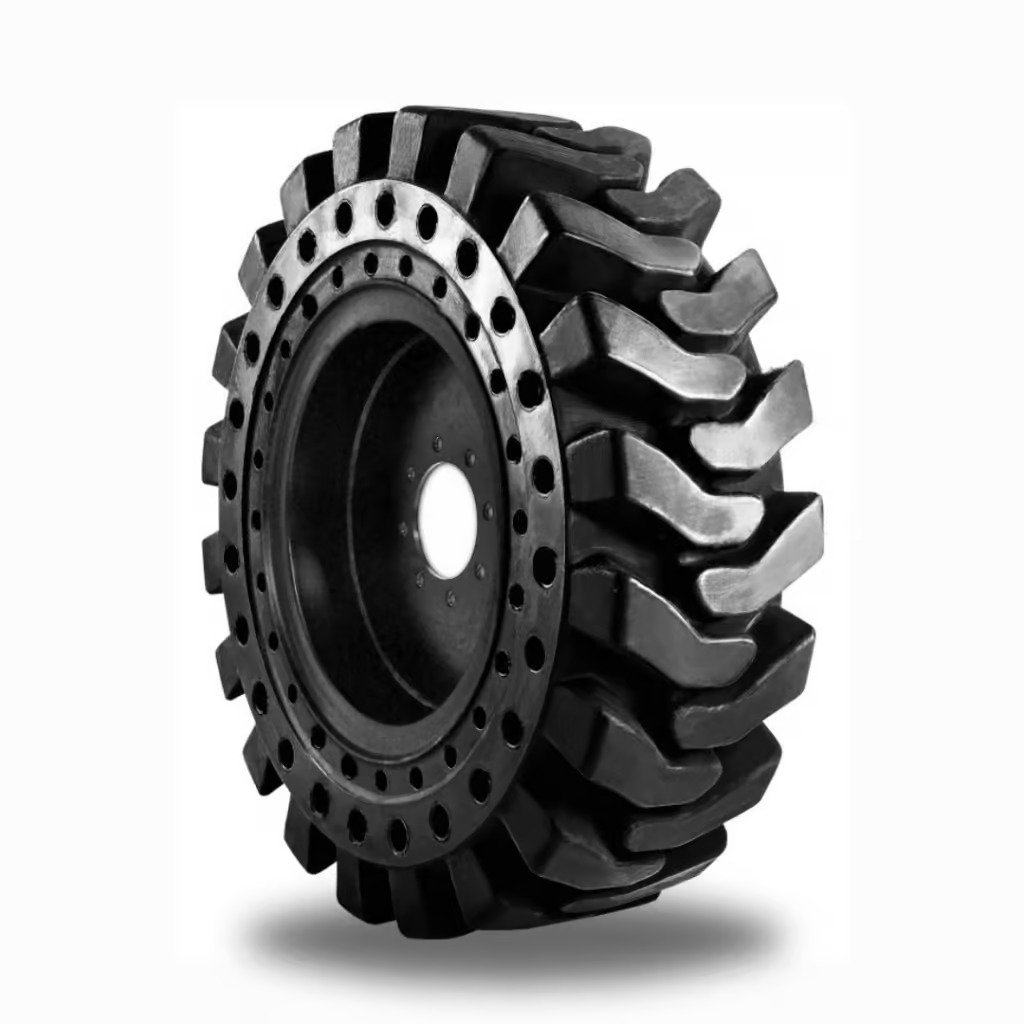
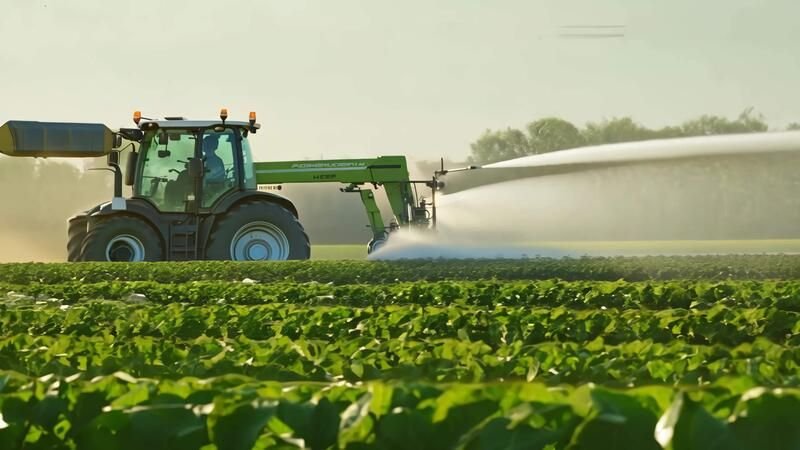
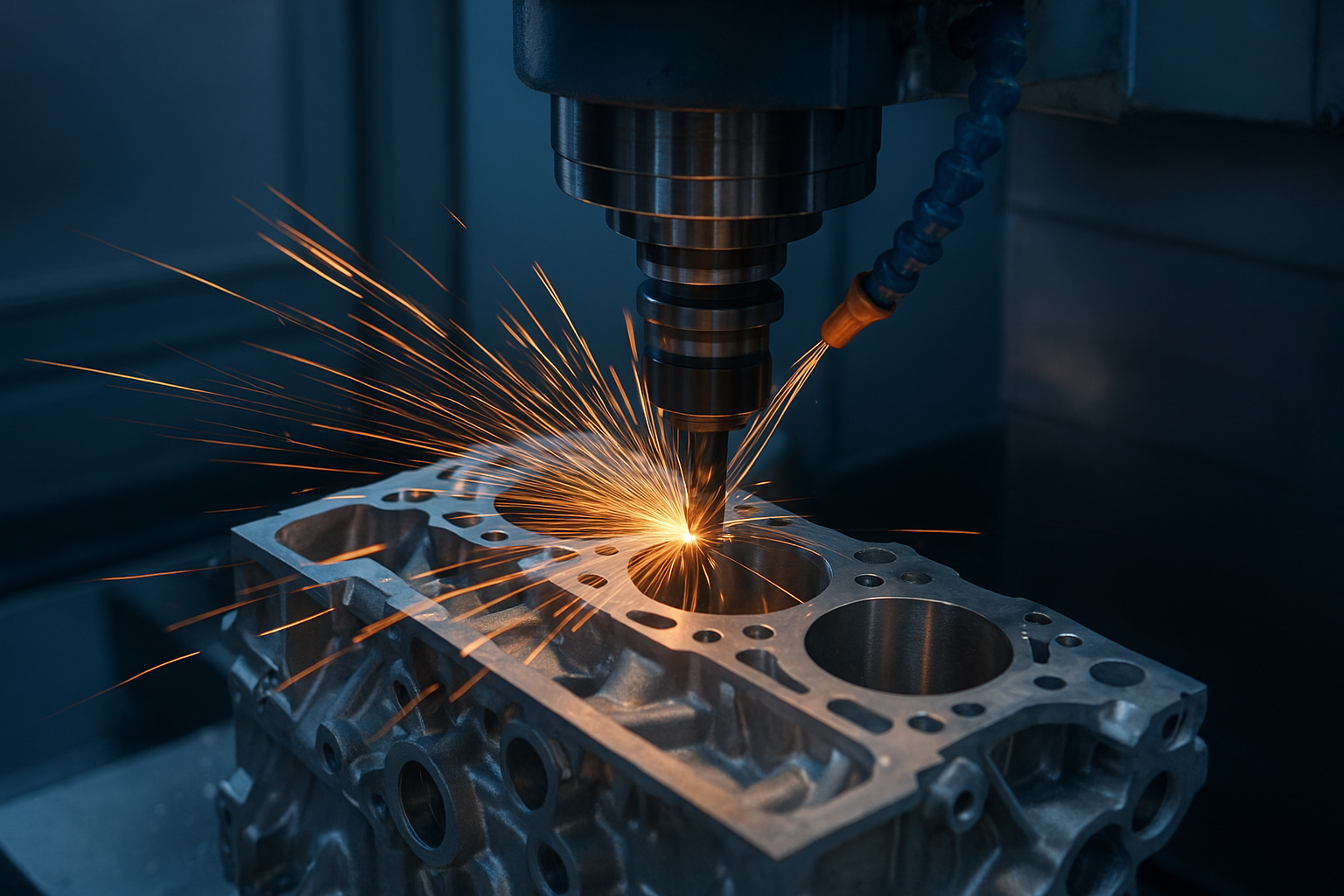




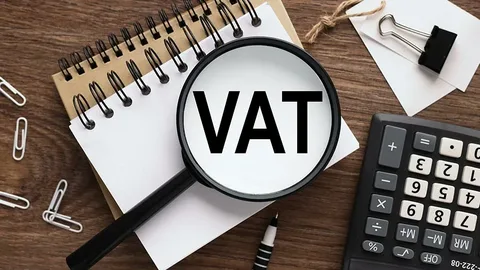

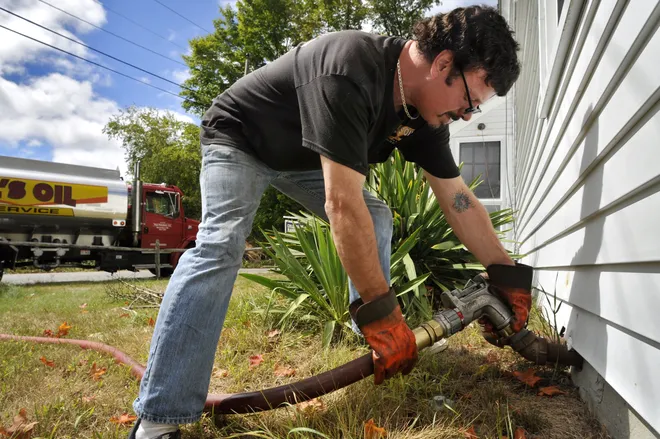

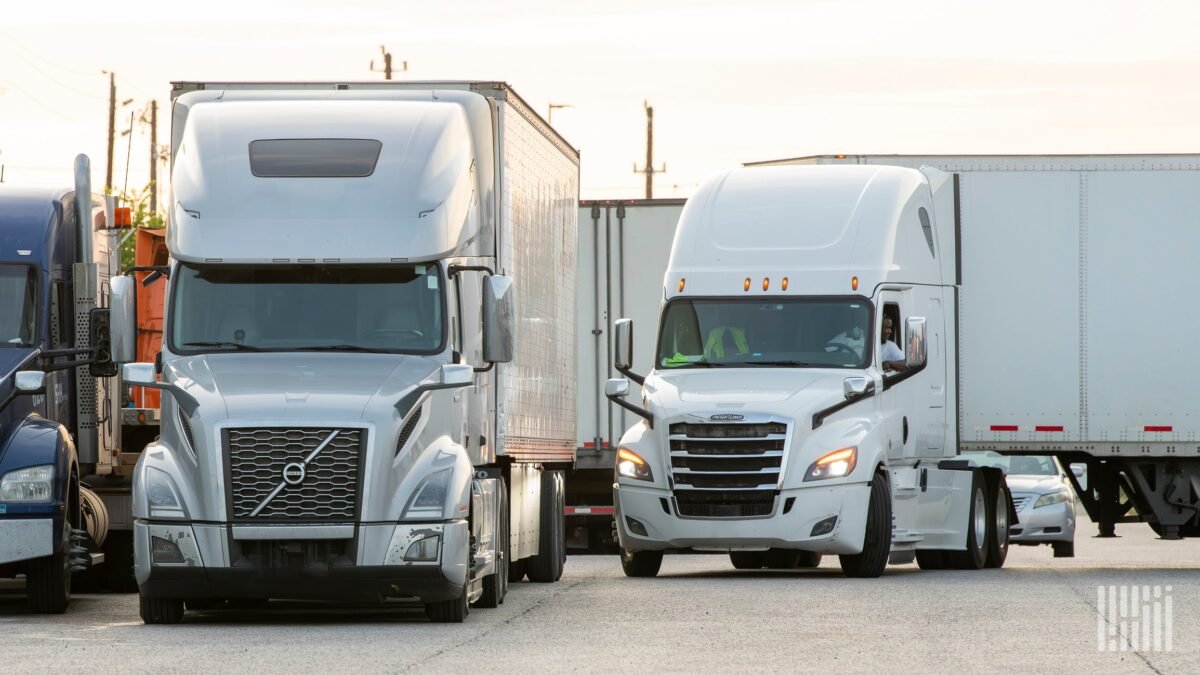



Leave a Reply